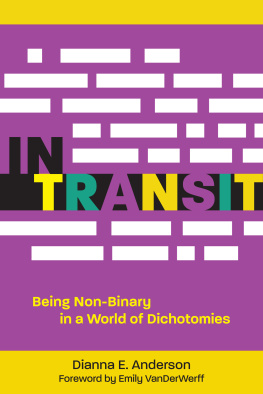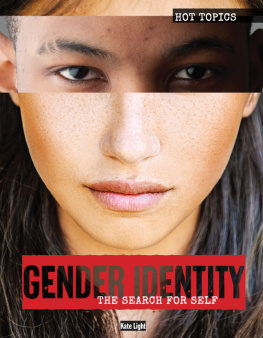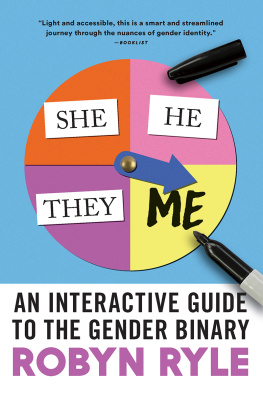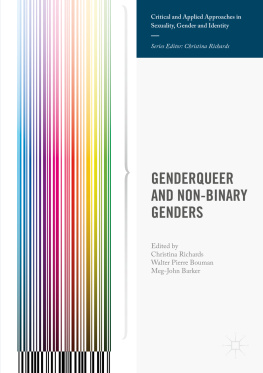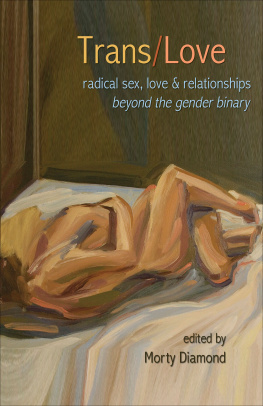Copyright 2021 - All rights reserved.
The contents of this book may not be reproduced, duplicated, or transmitted without direct written permission from the author.
Under no circumstances will any legal responsibility or blame be held against the publisher for any reparation, damages, or monetary loss due to the information herein, either directly or indirectly.
Legal Notice:
This book is copyright protected. This is only for personal use. You cannot amend, distribute, sell, use, quote or paraphrase any part of the content within this book without the consent of the author.
Disclaimer Notice:
Please note the information contained within this document is for educational and entertainment purposes only. Every attempt has been made to provide accurate, up to date and reliable information. No warranties of any kind are expressed or implied. Readers acknowledge that the author is not engaging in the rendering of legal, financial, medical, or professional advice. The content of this book has been derived from various sources. Please consult a licensed professional before attempting any techniques outlined in this book.
By reading this document, the reader agrees that under no circumstances are the author responsible for any losses, direct or indirect, which are incurred as a result of the use of information contained within this document, including, but not limited to, errors, omissions, or inaccuracies.
INTRODUCTION
A ttention on people who identify outside the gender binary of man or woman has gained a lot of traction in the past few years! Most Americans by now have encountered non-binary pronouns, and a study in 2019 showed that twenty percent of Americans know someone who prefers to use non-binary pronouns. In addition, about sixty percent are aware of people who prefer pronouns other than he and she, while over half of those asked said they would be comfortable using non-binary pronouns to refer to someone.
In some societies, including the one we live in, it hasnt been that long since more than two genders have begun to be recognized. However, a large part of the world still needs to be educated on what exactly it means to be non-binary.
The gender binary is the concept that only two genders exist, those of male and female. Therefore, any gender that doesnt align with male and female becomes non-binary.
According to statistics, most of the population (including transgender individuals) identify as either male or female. However, a significant part of the populace doesnt fit as effortlessly into such narrow categories. For example, there are people whose gender is a combination of elements that socially define men and women and those who are gender-separate from either type. There are even some people who do not wish to identify by any gender or people whose gender is fluid and might change over time.
These people usually identify as non-binary (nb/by/enbies), which is more of a covert umbrella term than something distinctly defining. There are a plethora of terms that people under the non-binary umbrella might use. Some of the most common ones can be agender, gender fluid, bigender, or genderqueer. Of course, most of these terms apply to different situations, so it is always up to the individual to pick the label they would like to use for themself. However, all of the above terms describe a gender experience different from the simplicity of male or female.
Gender identity and awareness of genders separate from the male-female binary have been in the spotlight recently. Non-binary people have gained some visibility in the media and within politics, while gender nonconformity is becoming more widespread, with celebrities disregarding or combining what is conventionally considered masculine or feminine attire.
The political and legal landscape has also begun to alter, with non-binary people gaining ground as a small but steady number of people has been legally recognized as non-binary. In addition, there has been an ongoing fight for rights. People outside the gender binary strive for additional gender options on legal documents, medical forms, access to gender-neutral bathrooms, and legislation against gender discrimination.
Apart from the legal aspects, though, everyday living exists, and personal pronouns come with that. Most non-binary individuals prefer to use pronouns that are not he or she, opting for others such as they/them or neo-pronouns. However, some might use both he and she without minding either.
Understandably, gender-neutral pronouns might feel intimidating or hard to pin down. However, anyone new to learning how to use them might have felt that way at some point. It can feel daunting, especially when a loved ones emotional well-being and happiness are on the line; no one wants to hurt people or threaten their dignity.
Some people tend to avoid using pronouns when talking about people whose gender theyre unsure of to avoid making a mistake or getting a pronoun wrong. A good tactic is to ask and never assume. Non-binary people are often thrilled when others show enough mindfulness to ask about pronouns, and it isnt difficult at all to get it right!
CHAPTER 1
What is Non-Binary?
Gender expression for non-binary individuals is exceptionally diverse. While some feel comfortable in their bodies, some might experience dysphoria and need to undergo gender-affirming treatments, such as hormone therapy or surgery. Those medical procedures help to transform the persons body into something more compatible with their gender. Thus, even though external appearance doesnt define ones gender, for some people, their appearance needs to match their ideal idea of their gender, and medical gender affirmation procedures might prove vital and lifesaving for them.
However, it is vital to understand that someones genitals dont indicate their gender, which is true for both non-binary and trans people. Trans people who are not dysphoric with the shape of their body and dont feel the need to undergo costly and often potentially dangerous surgeries exist! Of course, some cant stand the body they were born with and need it to change. Whether they undergo gender-affirming surgery or not, trans and non-binary individuals are still valid and authentic to their identity. And just as genitals dont reflect gender, the same is true for pronouns.
Above everything, its crucial not to argue with people when they correct you on their name, gender, or pronouns. Even if what you see doesnt fit your expectations of gender, consider that the person asking you to correct yourself has given deep thought to the matter and would almost surely be quite hurt to have their identity challenged. Again, anatomy is far less important than a persons happiness.
Its also imperative to keep in mind that most trans people are not non-binary and, in fact, identify within the gender binary as male and female. That means that trans men and trans women should be treated as you would treat cis men and women.
In addition to that, being non-binary doesnt mean that the person is automatically intersex. While intersex individuals are anatomically or genetically different from typical males and females, most identify as either men or women. The majority of non-binary people are not intersex. The majority is born with typical bodies that do not match their sense of self.
It also doesnt mean that you are half man, half woman, although there are non-binary people who feel like that. However, most of them adopt masculinity and femininity traits at varying levels, precisely like cis men and women. That might even change over time. Apart from that, there isnt some scale that someone can get on and get a percentage of how masculine or feminine they are; its an arbitrary social construct that is culturally and socially defined. What seems masculine to a person from California might look feminine to someone in Kenya, and vice versa. No gender expression is wrong.




